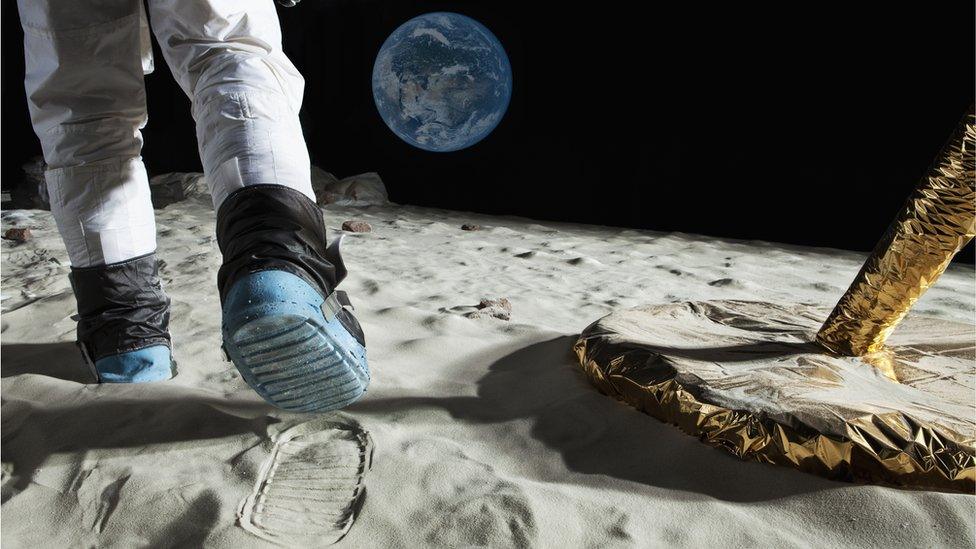The world's first disabled astronaut has been announced!
- Published
- comments

British Paralympic sprinter John McFall has been selected for astronaut training by the European Space Agency
The European Agency (ESA) has announced its newest batch of astronauts and British Paralympic sprinter John McFall has been selected, making him the first astronaut with a physical disability in the world.
McFall joins a total of 17 new recruits, including British astronomer Rosemary Coogan who was selected as a career astronaut alongside four other people. It means she's guaranteed to head to space one day if she makes it through the ESA's training process.
More than 22,000 people applied to join the ESA's programme in 2021. The ESA also announced it'd be launching the Parastronaut Feasibility Project last year to give people who have disabilities the opportunity to become astronauts as part of the space agency's wider selection process.

British astronomer Rosemary Coogan was also selected for the ESA's astronaut training programme
Up until now, people with physical disabilities haven't been able to train to become astronauts because of the strict selection requirements which would normally prevent them from moving forward in the process.
The ESA had said that potential candidates for its Parastronaut Feasibility Project could include people with disabilities affecting their lower limbs, whether these were from amputation or defects that had been present from birth.
Shorter people of up to 1.3 metres (4.3 feet) tall or those with different leg lengths were also eligible to apply as part of the project.
Aside from the physical characteristics, the educational and psychological requirements for the candidates remained the same as for any other potential astronaut, and applications to become an ESA astronaut closed in June last year.
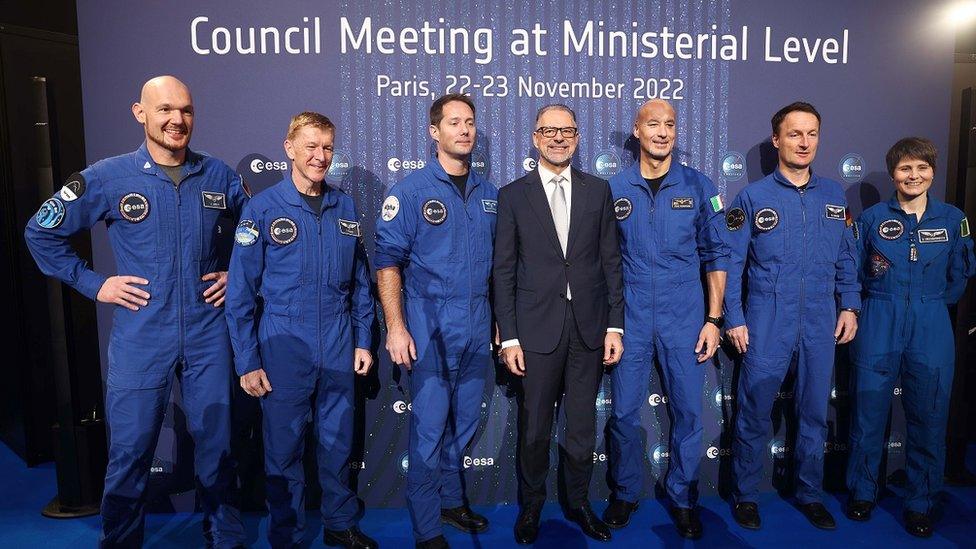
Six of the current ESA astronauts with general director Josef Aschbacher in Paris
John McFall's selection means he will join the space training corps to work with designers and engineers to see if he can become the first disabled person to go into space.
There is no guarantee McFall will blast off one day, but lots of research will be done to see what the requirements would be for that to be possible.
The Paralympian, who lost his leg in an accident when he was 19, said he hopes to inspire others and show that potentially "space is for everyone".
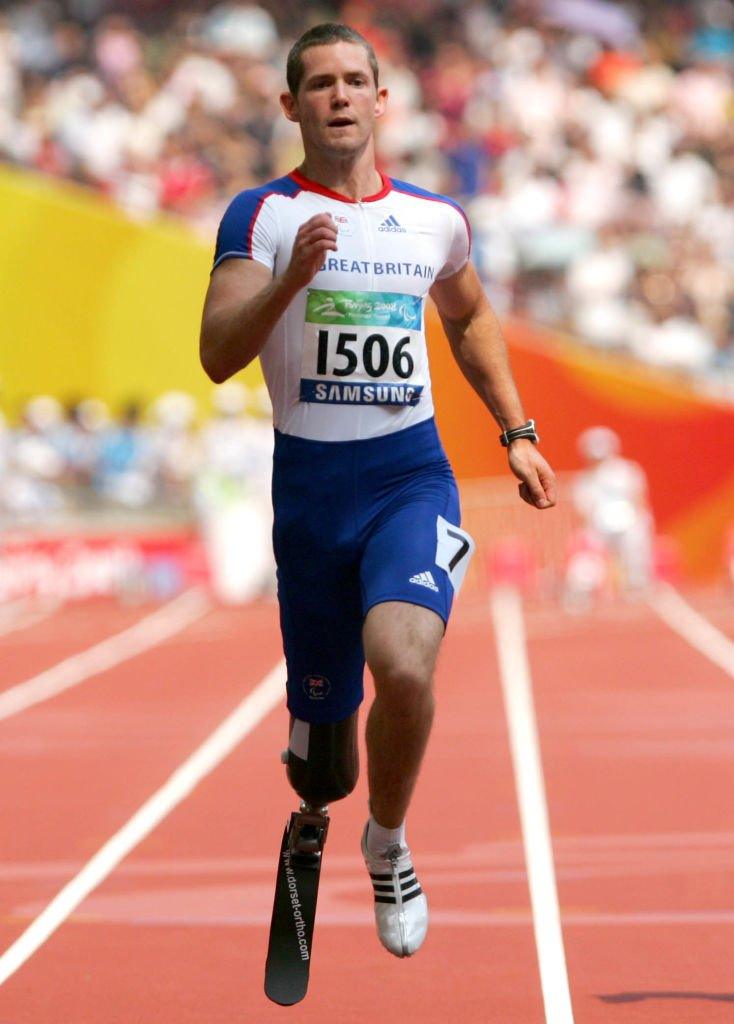
McFall won a bronze medal at the Beijing Paralympics in 2008
"It's really important for us to involve everybody that has an excitement about space," said Dr David Parker, ESA's director of human and robotic space exploration.
"We're making a first step by opening up this call to people that have certain types of physical disability, and we really hope we'll be flying them on a mission to the International Space Station," he told BBC News.
If you cannot see the quiz, click here.
Why are para-astronauts only being considered now?
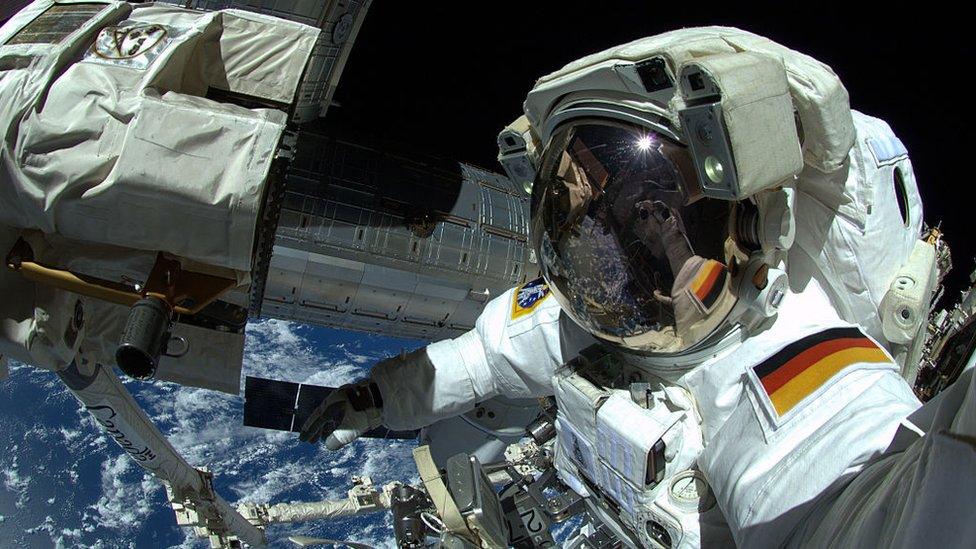
ESA Astronaut Alexander Gerst during his space walk back in 2014
Space travel is a very complicated field, and it's also an expensive one.
For example, the existing systems are designed for people of a certain height, said Guillaume Weerts, who is the ESA's head of space medicine.
"What does that mean for someone who is a shorter size? How can we make sure that person can just reach the buttons?"
The ESA will work with John McFall to find the best way to overcome potential challenges like this one.
- Published16 November 2022

- Published22 November 2022
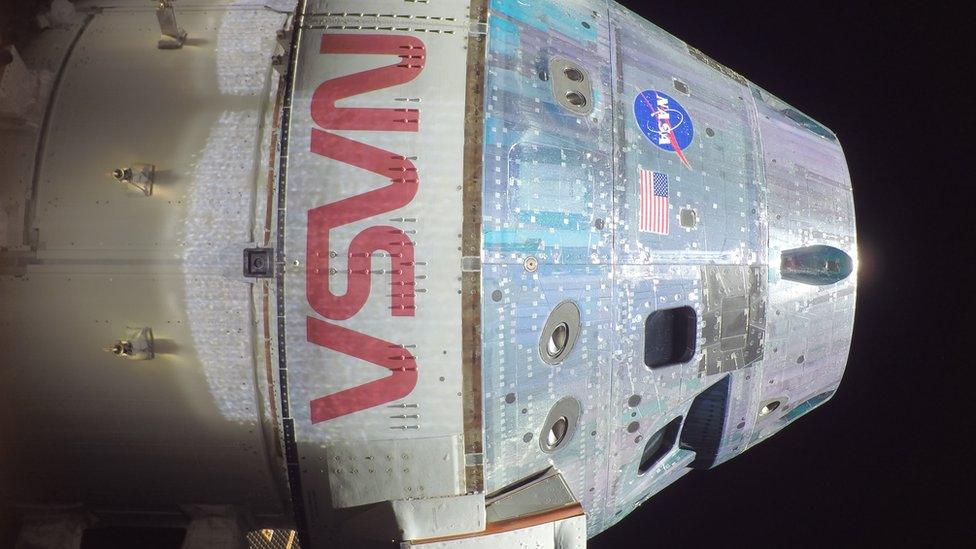
- Published20 November 2022
